Search
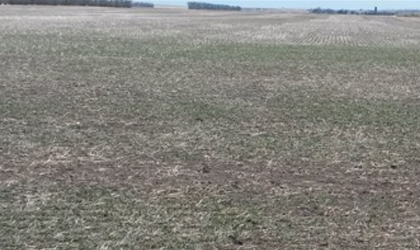
What Makes Winter Wheat a “Winter Wheat”?
For most of us wheat is wheat; however there is a distinct difference between spring and winter wheat, even though the vegetative characteristics of these two wheat types are very similar. Winter wheat can withstand freezing temperatures for extended periods of time during the early vegetative stage and requires exposure to freezing or near freezing temperature to trigger reproductive stage. In other words, if winter wheat does not go through a period of cold temperatures, then it will not produce seed. Two things needed for winter wheat to perform at optimally and produce good yields are- cold acclimation and vernalization.
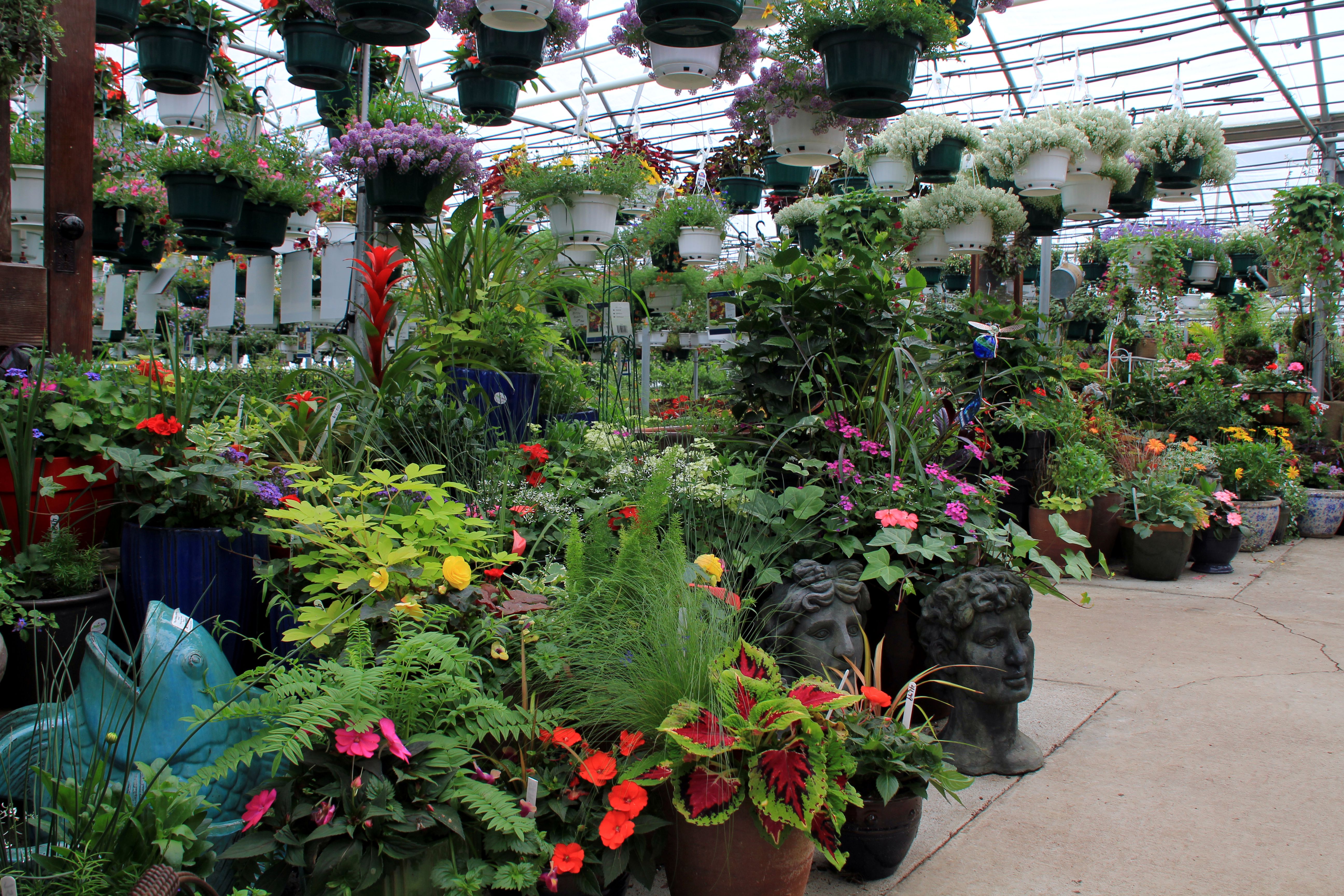
Do You Need a Thriller in your Garden?
Container gardens can be a great way to continue gardening or expand the way you are gardening and add color to your landscape, no matter what the size.
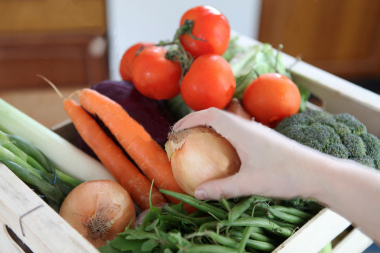
CSA Benefits: A Consumer Perspective
Community Supported Agriculture (CSA) programs can offer a wide variety of benefits to consumers.
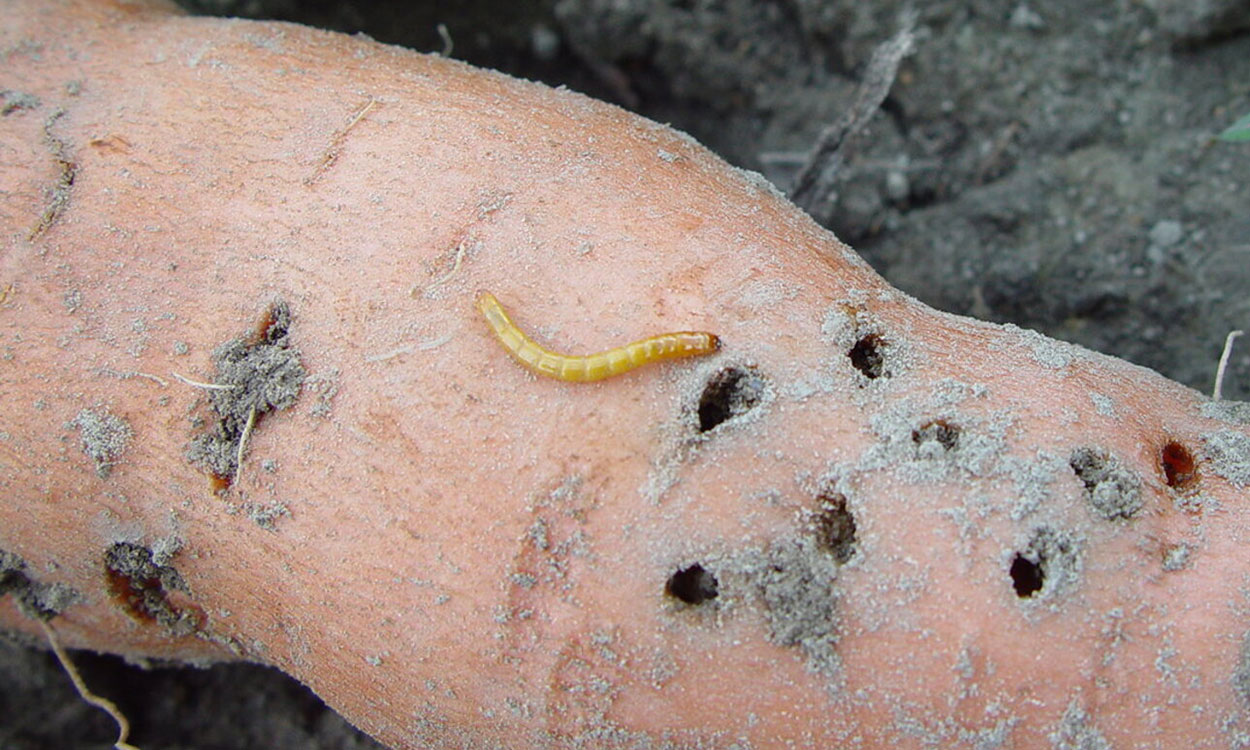
Wireworms in the Garden
With warming soil temperatures, overwintering wireworms have become active throughout South Dakota. Wireworms are soil-dwelling insects that can be pests of germinating seeds, seedlings and root crops.
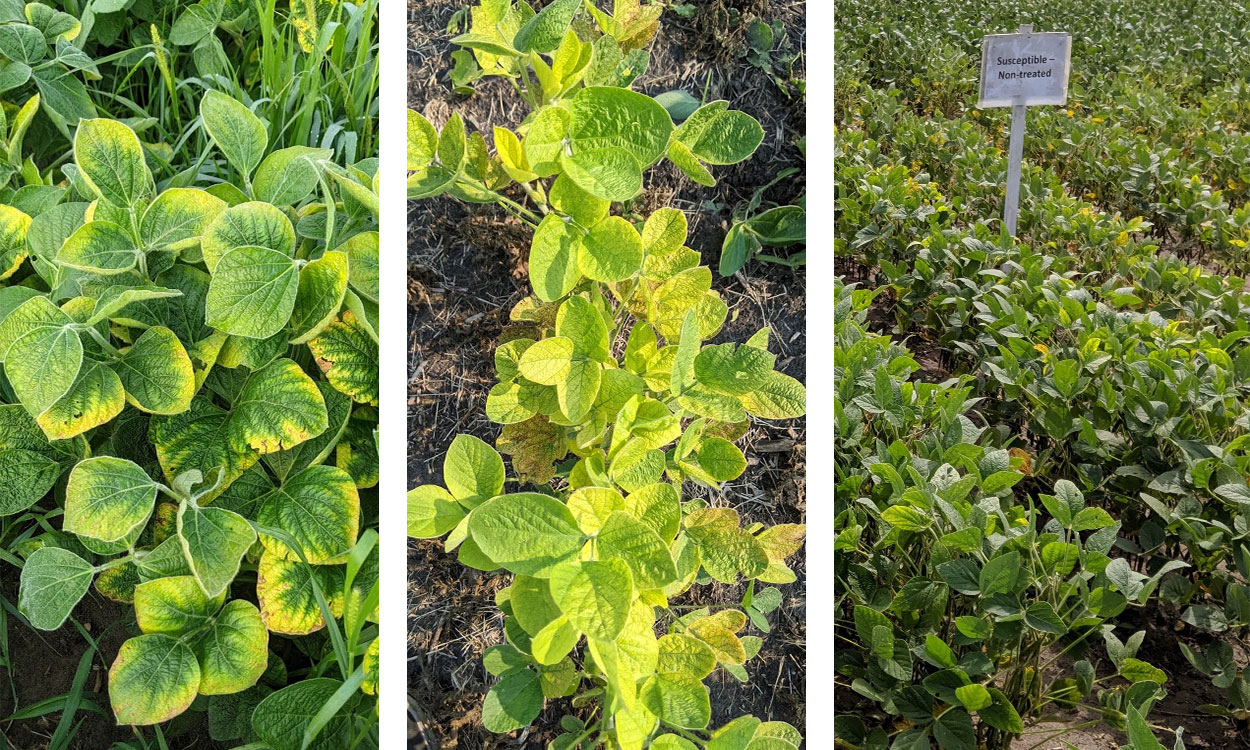
What Is Causing Soybeans to Yellow at This Time?
Recently scouted soybean fields were observed with yellowing plants, and one field was found to have plants dying prematurely. Learn some of the factors that may cause soybean plants to yellow at this time in the growing season.
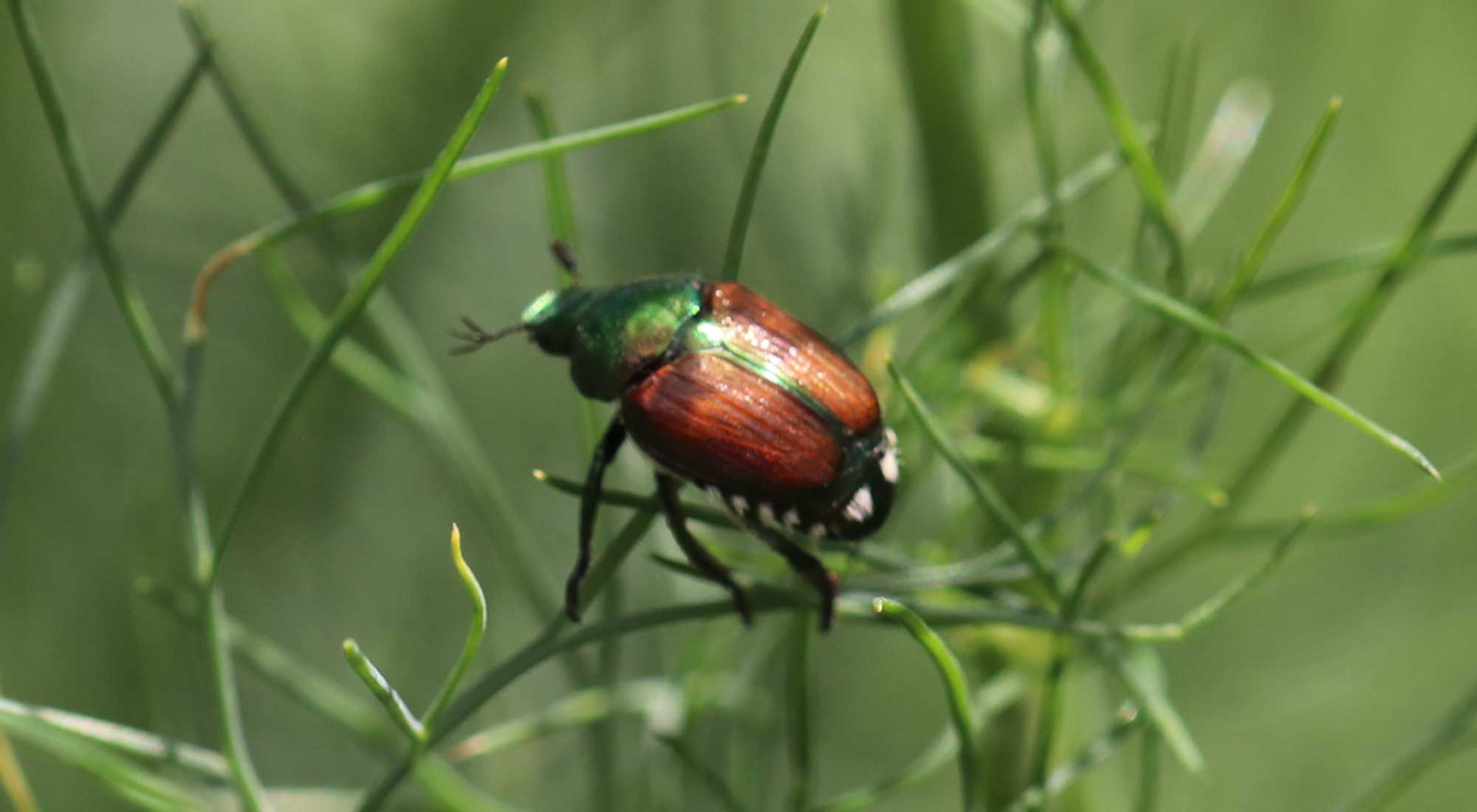
What Are These Shiny Beetles in My Yard and Why Are They Eating Everything?
Japanese beetles are very bad news for anyone with a garden. They are polyphagous insect pests, which simply means they feed on many different host plants.
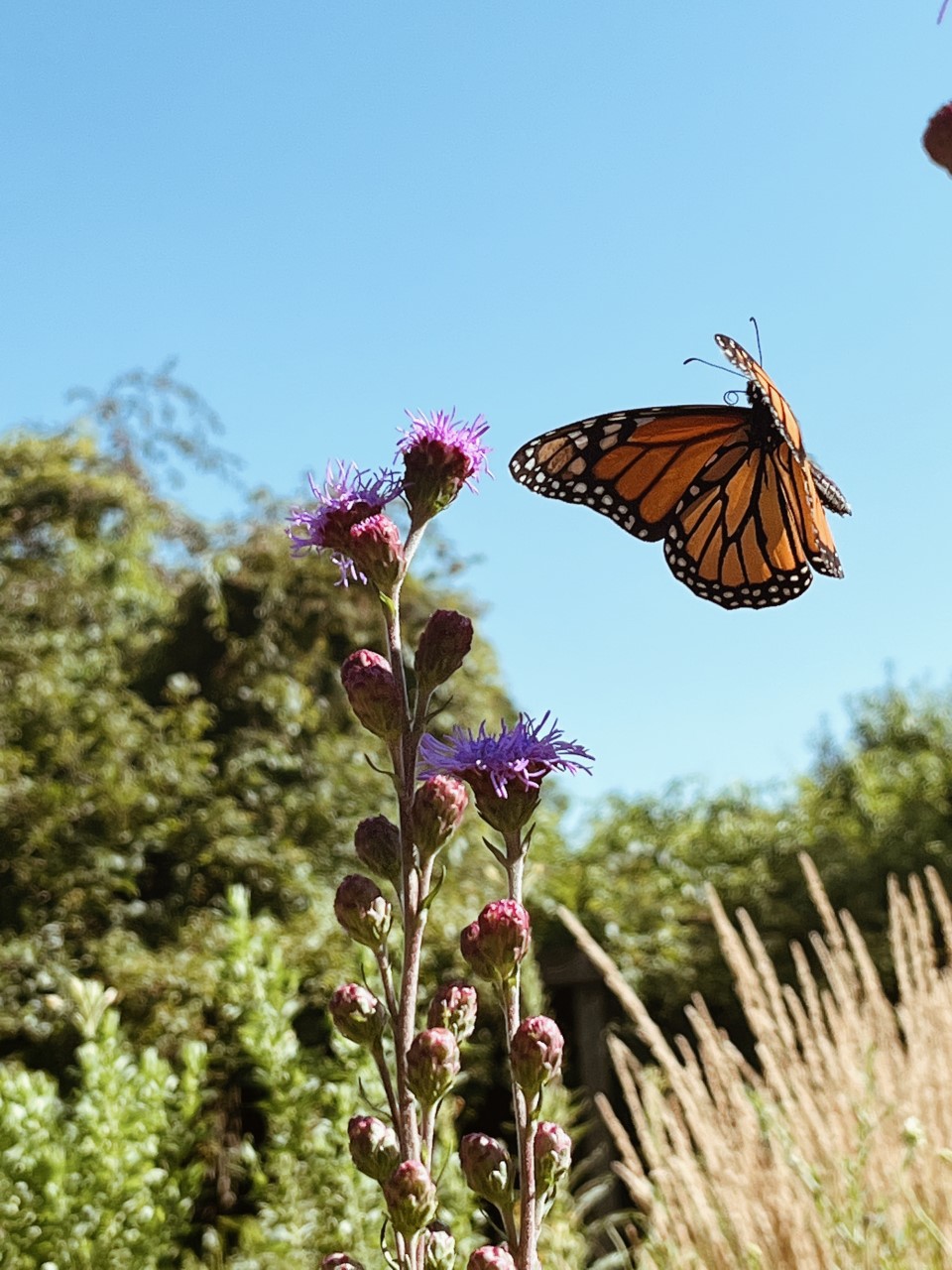
SDSU Extension, McCrory Gardens to host 2023 Garden Discovery Festival
May 15, 2023
SDSU Extension and McCrory Gardens are kicking off their summer programming with the 2023 Garden Discovery Festival from 1 to 5 p.m. CST on May 21 at McCrory Gardens in Brookings, South Dakota.
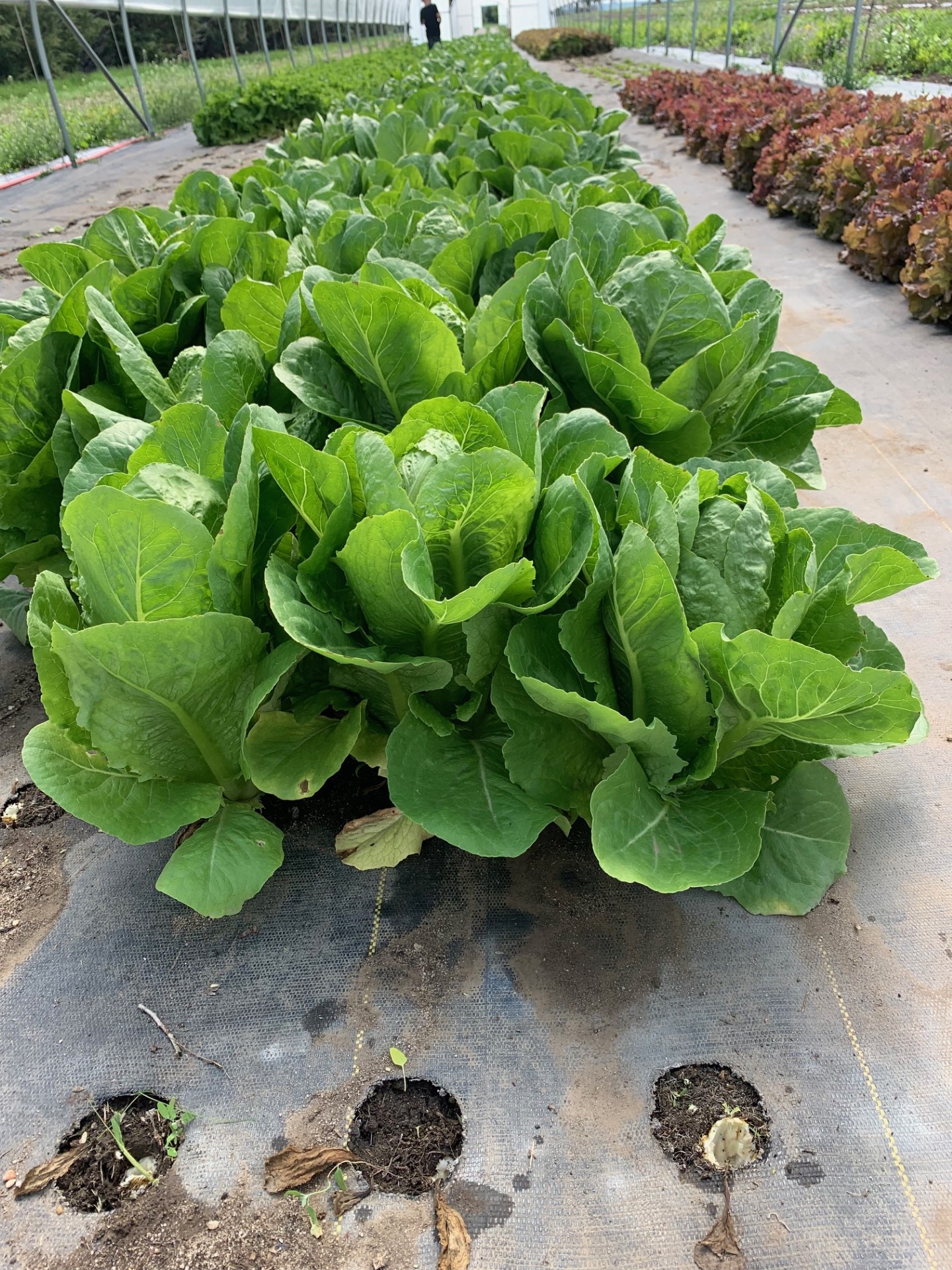
SDSU Extension to feature Midland growers at new Cover Crop and Soil Health Field Day
August 07, 2023
SDSU Extension is hosting a Cover Crop and Soil Health Field Day for fruit and vegetable producers from 10 a.m. to 1:30 p.m. CDT on Aug. 14 at Cedar Creek Gardens near Midland, South Dakota.
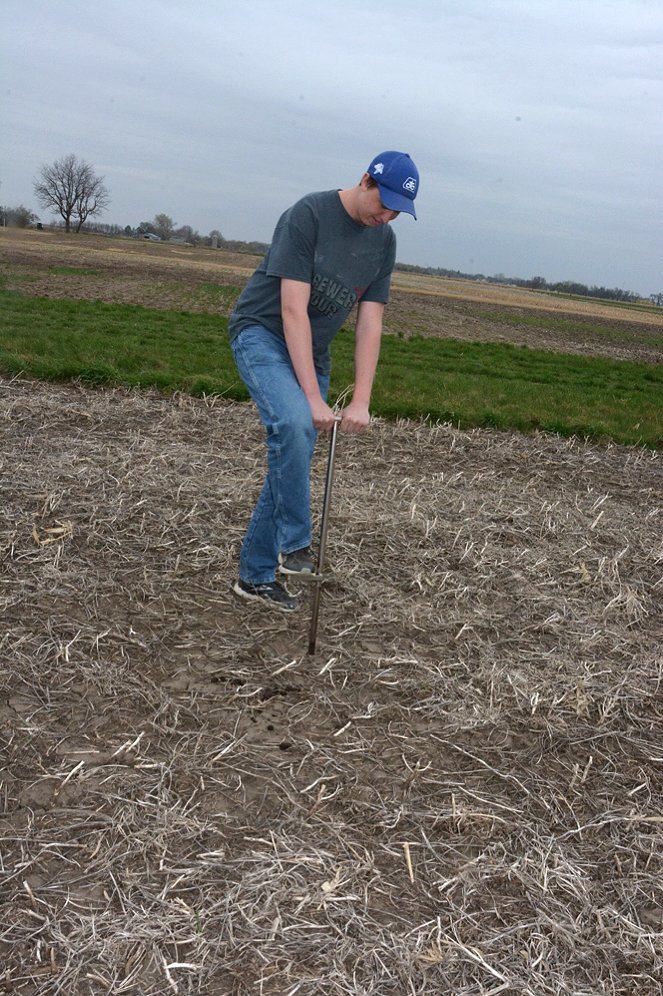
Consider SCN Sampling This Spring
Soybean cyst nematode management starts with a soil test to determine the presence or absence of this nematode in the soil.
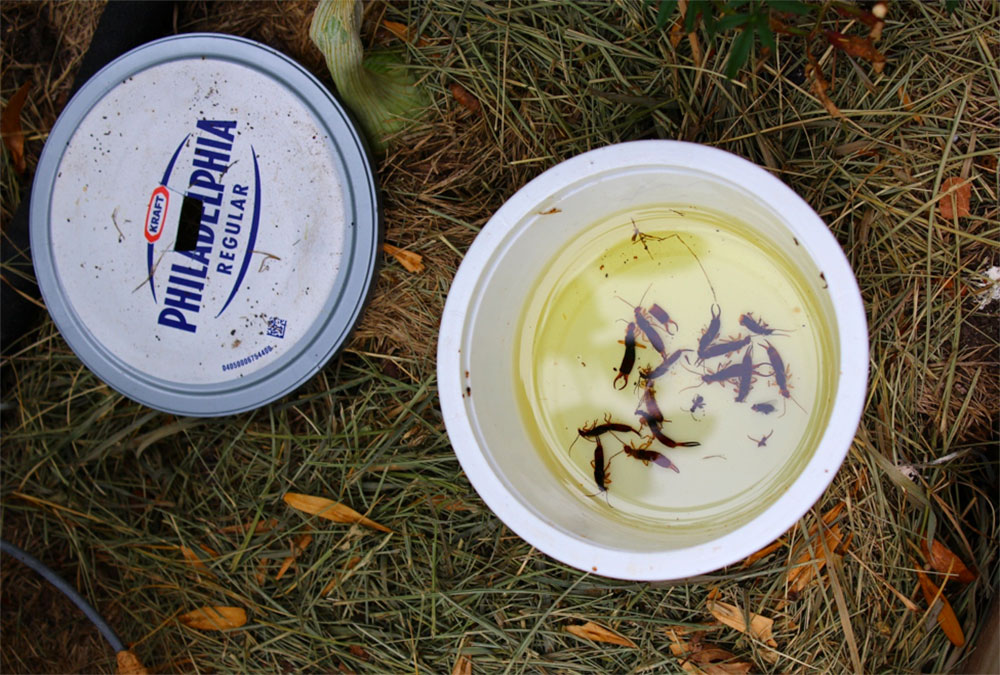
Earwigs in the Garden: Less-Toxic Control Alternative
Since earwigs provide some ecological service as natural enemies, I hesitate to recommend a pesticide application to control it. As an alternative least-toxic solution, bait trapping the earwigs should work to reduce the insect’s population to the non-threatening levels.